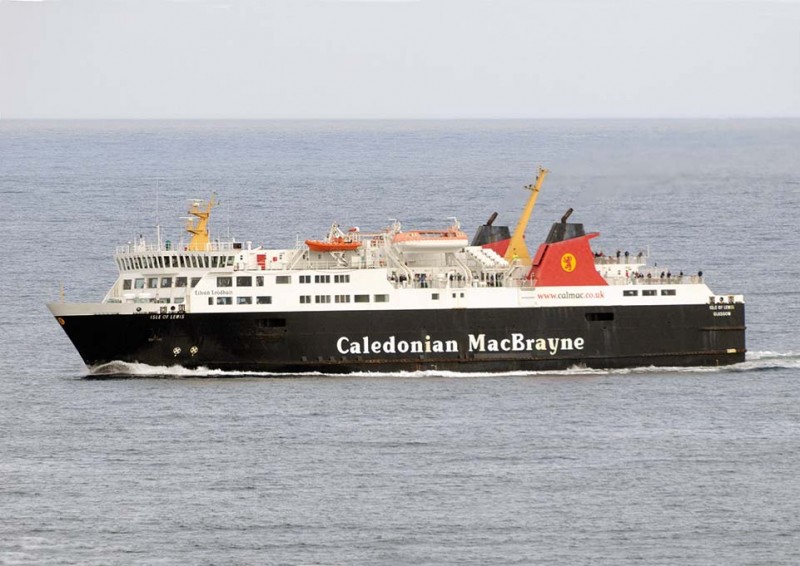The company has proposed an enhanced timetable for 2016 including an increasing capacity on certain services, offering more sailings and reorganising vessel deployment to optimise the fleet.
Plans include a daily direct return service between Oban-Barra with a dedicated vessel, a daily direct return service between Lochboisdale-Mallaig using a dedicated vessel, an additional 50 weekly sailings on the Oban-Craignure route, with additional vessels supplementing the isle of Mull (This means Oban will become a commutable destination from Mull for the first time), 10% more sailings on the Mallaig-Armadale route and over 30% increase in capacity on services to Coll, Tiree and Colonsay.

The key to many of these changes is the availability of the isle of Lewis (above), now surplus to requirements on the Stornoway- Ullapool route following the introduction of the new Loch Seaforth. The isle of Lewis looks set to be deployed as a second boat on the Oban-Craignure service to Mull.

The Clansman will become the dedicated boat for Oban-Barra with the Lord of the isles the dedicated boat deployed to the Mallaig-Lochboisdale service. The promised 30% increase in capacity for Tiree, Coll and Colonsay may be delivered by additional sailings, while the 10% more sailings on the Mallaig-Armadale route will be achieved by sailing the Coruisk more frequently. October also saw the announcement that state-of the- art fuel monitoring systems are to be installed on CalMac’s 10 major vessels, the first UK ferry operator to roll out such a system across so much of its fleet. Conservative indications are that fuel savings of more than £0.45 million per annum will be made and Co2 emissions will be cut by some 1,800 tonnes, which is equivalent to the annual greenhouse gas emissions of 4,285,714 miles driven by an average passenger car, or 645 tonnes of waste sent to landfill. The £0.45m installation cost will be recouped in a year. The systems use fuel monitoring sensors which are linked to touchscreen displays on board, feeding information back via cloud technology to real-time systems in head office. 8 of the 10 vessels now have the system installed as part of what is known as Project Ecoship. The remaining 2 will be fitted during annual maintenance periods. The first ship to receive the new system was the Caledonian isles.




Comments
Sorry, comments are closed for this item